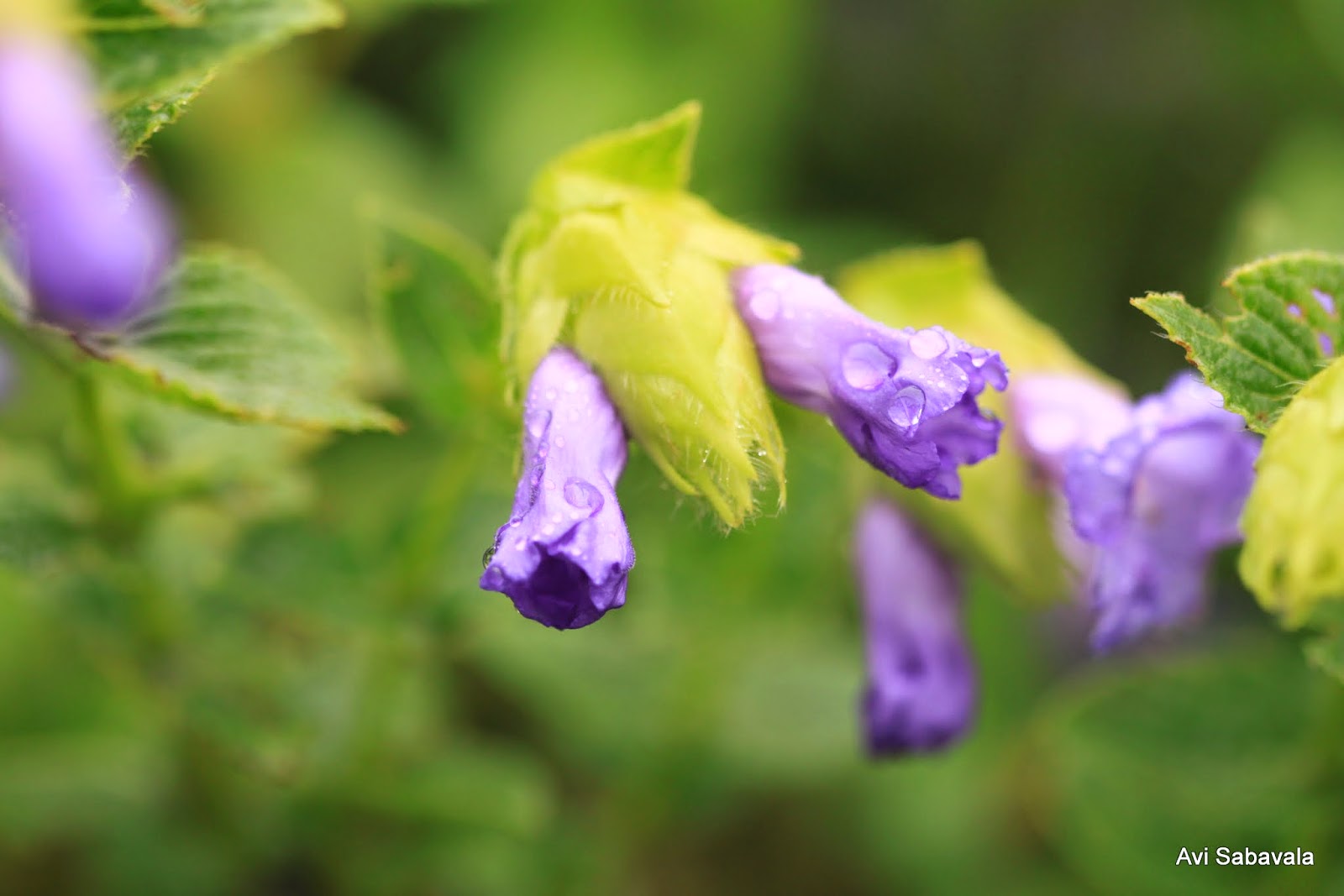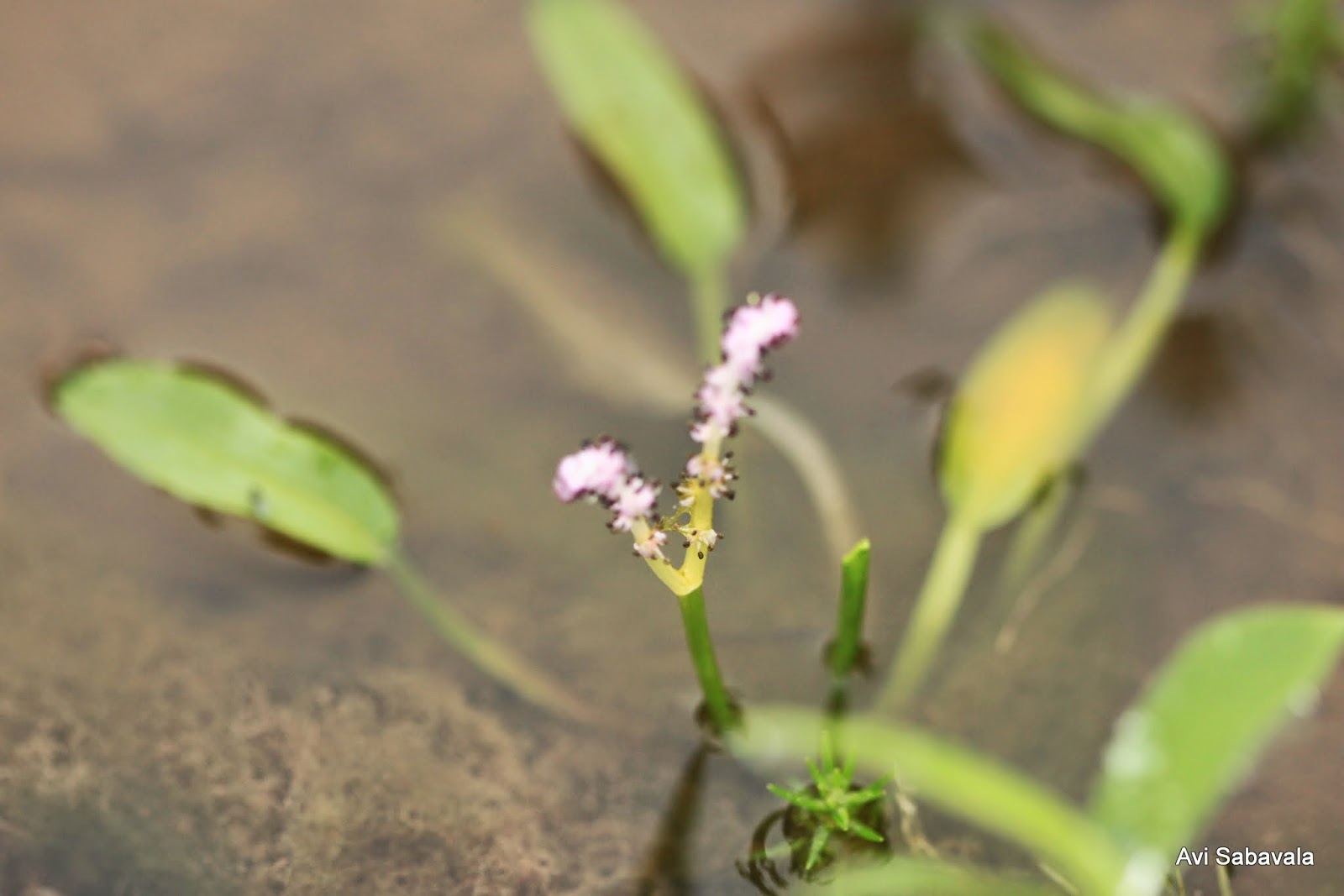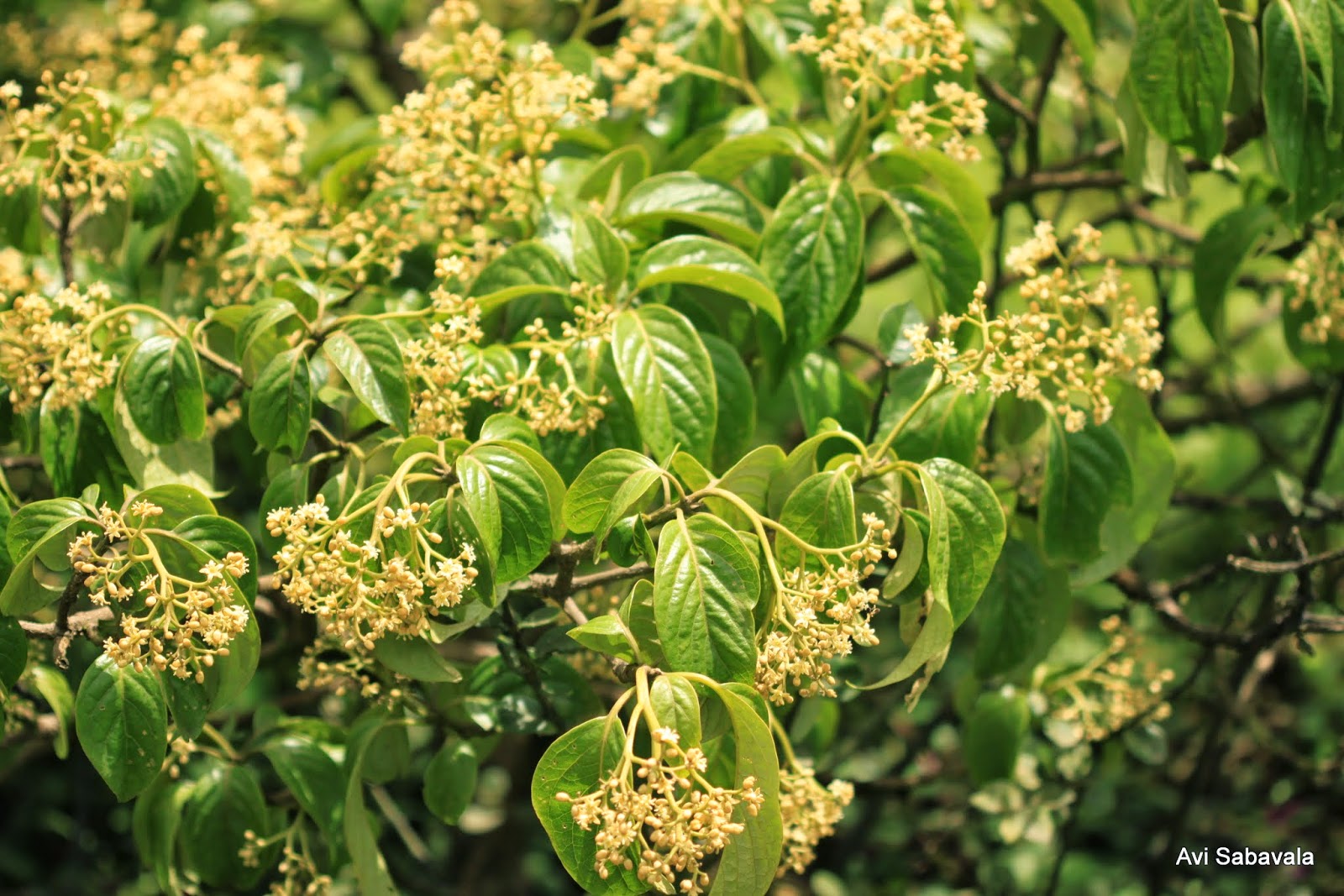After a gap of 3 years, I again revisited this spectacular plateau. The difference was I was better prepared, knew what I wanted & had the right camera lens - a macro 100 mm. Since then it has also been awarded the status of a UNESCO World Heritage Site for its unique bio-diversity. The rain gods were not so bountiful to India this year which translated into fewer carpets of flowers. But the positive side meant I could use my camera more to take back memories of the beautiful flora of this region.
Wildflower watch is a great way to look at some of the minute beauties at your feet. Some of the photos that you see below can defy our imagination of what a typical flower should be like. Understanding the mechanisms that they use for pollination or even for nourishment is so varied that it can open our mind to the way survival takes place in the wild. So here is the catch of the 3 days. For more details on Kaas, please refer to the older post
 |
| Walking in the rain at Chalkewadi |
 |
| Carpet of Neonatis lancifolia |
 |
| named after a Norwegian botanist, Carl Peter Thunberg, this is the Thunbergia fragrans which is found on the slopes of the Western Ghats |
 |
| This interesting piece of natural architecture is the nest of the Harvester Ants |
 |
| A very interesting flytrap - Ceropegia media which traps insects & smothers their bodies with its pollen before it wilts & releases the insects which then leads to pollination |
 |
| One of my favorites - Gloriosa superba - this is an unfertilised flower, once fertilized it turns a bright red |
 |
| amidst all the flora is this intricate web of life |
 |
| Dioscera pentafyla |
 |
| Neonatis lancifolia |
 |
| The Topli Karvi has begun to flower, but it is likely to bloom & form beautiful violet carpet next year i.e.Sept 2015 - scientific name Pleocaulus ritchii |
 |
| Cyanotis tuberosa |
 |
| Impatiens balsamina |
 |
| Senecio Bombayensis |
 |
| Plant of the Topli Karvi - called because of its inverted bowl like appearance |
 |
| an interesting Weevil |
 |
| Flemengia nilgiriensis local name is Jartari |
 |
| above & below is the Hitchenia caulina surrounded by the Topli Karvi |
 |
| Another view of Cyanotis tuberosa called Cat's ears |
 |
| Adelocaryum coelistinum - locally called Nisurdi |
 |
| Another view of Flemininga nilgirinensis |
 |
| and again my favorite for which I revisited Kaas & may do so again - a close up of the Topli Karvi |
 |
| Carpet of Impatiens Lawii |
 |
| close - up of Impatiens lawii |
 |
| Habenaria heyneana- this is a ground orchid also called toothbrush plant. beware it is known to damage your gums! so see admire & leave alone!!! |
 |
| Lagascia mollis |
 |
| Impatiens Lawii |
 |
| this tuber was found uprooted. We must learn to refrain from damaging our surroundings! |
 |
| The soil in this area has limited nutrients which is why most flowers are ephemerals & many of the are insectiverous - this is a Utricularia |
 |
| A very interesting flower that observes our Office time - blooms at 10 a.m. local name is Abolima. Scientific name is Murdannia lanuginosa |
 |
| A real insectivore tucked away under the foliage, You really need to search for this - Drossera indica |
 |
| Another view of the Flemengia nilgiriensis |
 |
| A dainty flower Paracaryopsis coelestina |
 |
| the beautiful Neonates lanciflolia |
 |
| Persicari glabra |
 |
| While viewing the floral beauty, here is a view of Satara town from the Ghats |
 |
| Indigofera cassoides |
 |
| Lavendula bipinnata |
 |
| Pinda concanensis - this is endemic to the Konkan region of India & hence its species name |
 |
| Growing on the rocky slopes this is Chlorophytum glaucoides |
A surprise visit to a small town called Sajjangadh where the Guru of the renowned Maratha King Shivaji had his ashram (abode for meditation in India) brought up some interesting old structures. it is a short and interesting climb over the hillside
 |
| massive entry to the ashram that forms a bustling township today |
 |
| a common species of the region - Crested Bunting |
 |
| Aesclepias curassavica |
 |
| feeding on Smythia bigemina |
 |
| Habenaria digitata |
 |
| Another lantern flower which is a creeper & hidden in the canopy of a tree - Ceropegia vincaefolia |
 |
| an interesting orchid |
 |
| Euphorbia latea |
 |
| a very rare & small species of Smythia that is endemic to the area Smythia agarkarii |
Satara Bombay is 250 kms. Satara Pune is 110 kms.
Some tips for Wildflower Watch: Be a good role model for others to follow
- Be eco-friendly & do not consume eatables or throw your rubbish in the area. Collect it in a bag & throw it in the rubbish bin provided in your hotel. It is unfortunate that alongside the beauty, a large amount of rubbish needs to be regularly cleared from this area.
- Do not pluck or trample the flowers. Take back fond memories in your mind or on your lens to cherish. Remember this is a natural heritage for all to see and enjoy..
- Be observant of even the minute things around you; you never know what hidden beauty you will discover
- Use a knowledgeable guide &/or invest in guide books available locally or online. Learning about the flora & fauna will surely enhance your enjoyment. a good website is http://flowersofsahyadri.com/
- Avoid loud noise or music & try to avoid week-ends as this will help you enjoy the sights & sounds of nature better.
- Carry rain gear, wear comfortable & dull coloured clothes & footwear. A pair of binoculars & magnifying glass will be a good aid. For the shutter-bugs, a great opportunity for macro photography of flowers. All the above photos have been taken with a Canon 100 mm macro lens. Macro photography is a great genre to pursue & opens the minute world of insects, flowers etc. in an entirely different view








Avi, Wonderful photographs. of some amazing flowers and information
ReplyDeleteon the varous ways of pollination. It's a treat to learn from your experience.
Quite amazing. Thanks for sharing. Salute to your spirit.
ReplyDeleteGood pictures and informative nature notes. Thanks for sharing...
ReplyDeleteChris